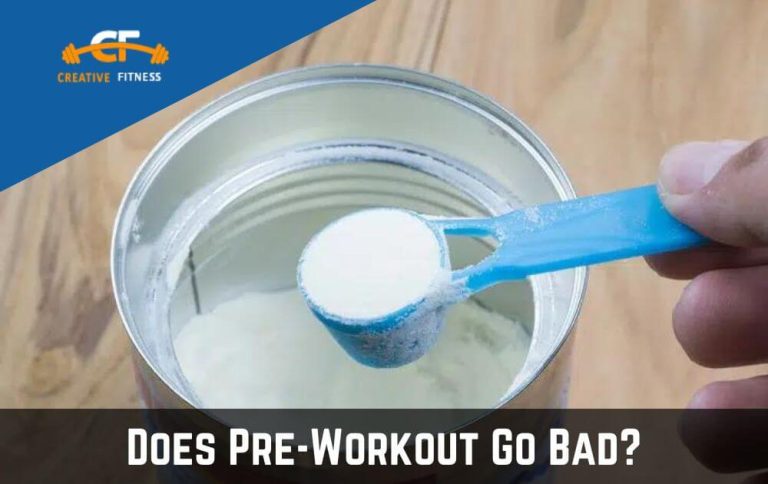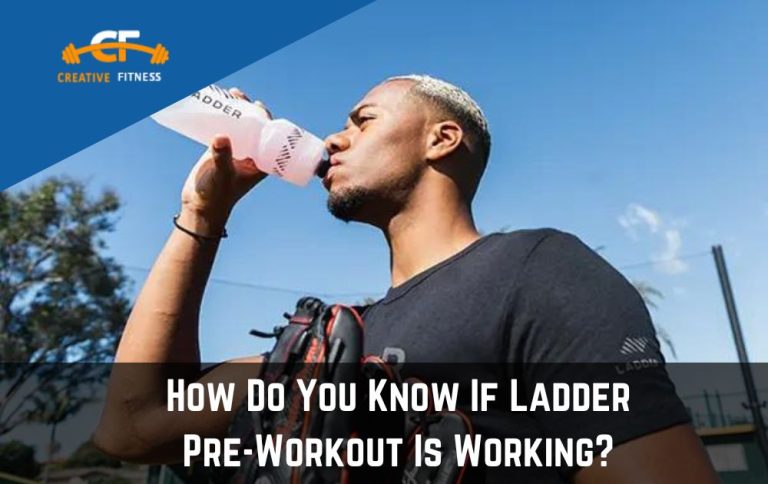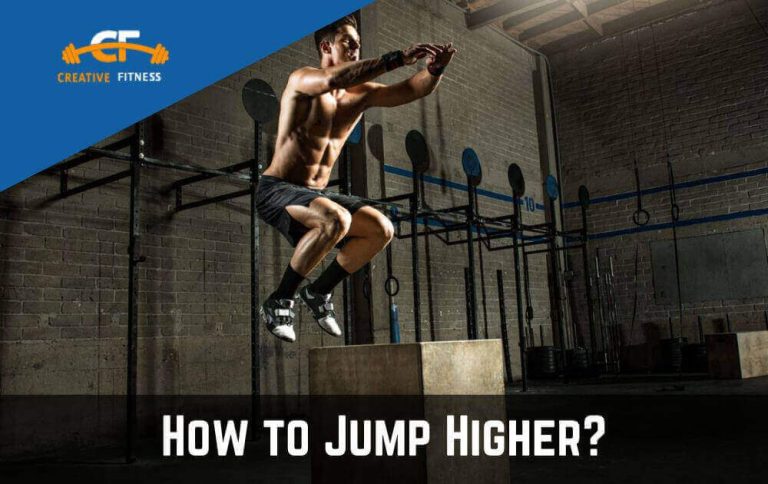10 Beneficial Exercises of Yoga for Athletes You Must Know
In the relentless pursuit of peak performance, athletes have explored countless methods to enhance their abilities. However, a hidden secret awaits their discovery: yoga for athletes. This ancient practice seamlessly combines strength, flexibility, and mindfulness, unlocking untapped athletic prowess.
From powerful poses like Warrior II and Boat Pose to the serenity of Meditation, yoga cultivates balance, strength, and mental clarity. It goes beyond physical benefits, offering healing and restoration for tired muscles.
Thus, Athletes find solace in yoga, a sanctuary that nurtures and replenishes, leading to deep, restorative sleep. Welcome to the realm where yoga ignites athletic excellence. Also, Discover whether Should Athletes eat more Carbs to Sleep Better? As it is a major part of the diet in Yoga and other beneficial exercises.
10 Beneficial Exercises of Yoga for Athletes You Must Know:
As an athlete, I have discovered a repertoire of invigorating yoga exercises that have become an integral part of my training routine. These exercises not only enhance my physical prowess but also provide a sanctuary for my mind and spirit.
Moreover, Let me share with you the ten transformative yoga poses that have become my allies on this extraordinary journey. So, make sure to read this special article thoroughly till the end for accurate and efficient results. You can read about their benefits from PDF files, books, and YouTube with certification.
1. Downward Dog
I ground my palms firmly on the mat, extending my hips upward, forming an inverted “V” shape. With each breath, I feel a powerful stretch in my hamstrings and shoulders, building strength throughout my entire body. I would recommend it to all beginners because it is a power Yoga for all athletes.
This special Downward Dog exercise enhances my strength, particularly in my upper body and core, while simultaneously increasing my flexibility in my hamstrings, shoulders, and calves. It builds a solid foundation for stability and improved range of motion, allowing me to perform at my best.
2. Cobra Pose
I lie on my stomach, palms resting beneath my shoulders. As I lift my chest and engage my back muscles, I feel a surge of energy flowing through my spine, improving my posture and opening my heart.
This Cobra Pose improves my posture by strengthening my back muscles and opening up my chest, resulting in better alignment and enhanced lung capacity. It creates a sense of expansiveness and uplifting, empowering me both physically and emotionally.
3. Supine Twist
Lying on my back, I draw one knee into my chest and guide it across my body, creating a gentle twist. This pose releases tension from my lower back and promotes spinal flexibility, leaving me feeling rejuvenated.
Moreover, Supine Twist provides deep release and relaxation for my lower back, spine, and hips. It helps alleviate tension and stiffness, improving my overall spinal flexibility and enabling fluid movement in my athletic pursuits.
4. Warrior II
Stepping wide apart, I extend my arms parallel to the ground, gazing over my front hand. With each breath, I feel a surge of strength and stability coursing through my legs and core, empowering me both on and off the field.
Furthermore, Warrior II strengthens my legs, hips, and core, providing a solid foundation for stability and balance. This pose enhances my body awareness, grounding me both physically and mentally, and allowing me to perform with strength and resilience.
5. Camel Pose
Kneeling with my knees hip-width apart, I arch my back and reach for my heels, opening my chest and stretching my hip flexors. This pose grants me a sense of expansiveness and freedom, enhancing my posture and boosting my confidence.
In addition, this Camel Pose opens my chest and stretches my hip flexors, improving my posture and creating a sense of confidence and self-assurance. It helps release tension in my shoulders and upper back, promoting a deeper connection with my heart center.
6. Boat Pose
Balancing on my sit bones, I extend my legs and lift them off the ground while reaching my arms forward. This pose strengthens my core muscles, cultivating stability and endurance, crucial for any athletic endeavor.
However, Boat Pose targets my core muscles, including my abdominal and lower back, strengthening them to enhance stability and endurance. It improves my balance and overall body control, enabling me to perform explosive movements with greater efficiency.
7. Cat-Cow
Starting on all fours, I gently arch my back upward like a cat, then smoothly transition to an arched position, like a cow. This fluid movement nourishes my spine, increases mobility, and helps me find a harmonious rhythm between breath and movement.
This Cat-Cow increases the mobility of my spine, helping to improve flexibility and reduce stiffness. This rhythmic flow also promotes awareness of my breath, fostering a deep mind-body connection that supports focus and concentration during my athletic endeavors.
8. Bridge Pose
Lying on my back, I bend my knees and lift my hips toward the sky, creating a bridge with my body. This pose strengthens my glutes, hamstrings, and lower back, improving my explosive power and stability.
Moreover, Bridge Pose targets and strengthens my glutes, hamstrings, and lower back, improving overall lower body strength and stability. It supports better posture and alleviates lower back pain, enabling me to move with power and grace.
9. Pigeon Pose
From a high plank position, I bring my right knee forward and place it behind my right wrist, extending my left leg straight behind me. This deep hip opener releases tension and tightness, increasing my range of motion and preventing hip-related injuries.
This special Pigeon Pose deeply opens and stretches my hip flexors, reducing tightness and increasing hip flexibility. By improving hip mobility, this pose helps prevent imbalances and injuries, promoting optimal performance and longevity in my athletic pursuits.
10. Child’s Pose
Kneeling, I lower my hips onto my heels and extend my arms forward, resting my forehead on the mat. In this gentle, nurturing pose, I find a moment of surrender and deep relaxation, allowing my body to recover and my mind to find tranquility.
Furthermore, Child’s Pose offers a gentle and restorative posture that allows me to relax and release tension in my body. It provides a moment of mental clarity and rejuvenation, reducing stress and enhancing overall well-being, both on and off the field.
What Tips Do I Use to Perform Such Yoga Exercises Properly?
Here are the 10 major tips that I consider important for performing these exercises accurately and efficiently on the full body along with recovery. Make sure to read all about them till the end for accurate results.
- Listen to my body
As I perform these exercises, I make it a priority to listen to my body and honor its limitations. I focus on finding a balance between challenging myself and avoiding unnecessary strain or discomfort.
- Warm up properly
Before diving into these yoga poses, I ensure I warm up my muscles and joints with dynamic movements or light cardio exercises. This helps prepare my body for deeper stretches and increases my flexibility.
- Use modifications when needed
I understand that everyone’s body is unique, so I’m not afraid to use modifications to adapt the poses to my individual needs. This can include using blocks, straps, or cushions to support my alignment and make the poses more accessible.
- Breathe consciously
Throughout each pose, I pay attention to my breath. I focus on deep, steady inhales and exhales, which help me relax, find stability, and stay present in the moment.
- Maintain proper alignment
I remind myself to pay attention to proper alignment in each pose. This ensures that I engage the correct muscles and avoid unnecessary strain or injury. I use visual cues or seek guidance from experienced practitioners to help me achieve optimal alignment.
- Gradually increase intensity
If I find a pose particularly challenging, I take it step by step. I gradually increase the intensity or depth of the pose over time, allowing my body to adapt and progress naturally.
- Incorporate regular practice
Consistency is key when it comes to reaping the benefits of these yoga exercises. I aim to incorporate regular practice into my training routine, whether it’s dedicating specific yoga sessions or integrating a few poses as part of my warm-up or cool-down.
- Seek guidance & support
If I feel unsure about proper form or alignment, I don’t hesitate to seek guidance from a qualified yoga instructor or consult reliable resources. Their expertise and insights can provide invaluable assistance in refining my practice.
- Embrace patience & mindfulness
Yoga is a journey, and progress takes time. I remind myself to be patient and embrace the process, focusing on the present moment rather than rushing to achieve perfection. I approach each pose with mindfulness, connecting with my body, breath, and sensations.
- Practice self-care & recovery
After each yoga session, I prioritize self-care and recovery. This includes hydrating properly, stretching gently, and allowing myself time to rest and rejuvenate. Taking care of my body and mind outside the yoga practice ensures optimal performance and overall well-being.
Final Verdict:
In summary, these yoga exercises for athletes have become a game-changer in my training. They offer a holistic approach, improving strength, flexibility, and mental focus. From the powerful poses like Warrior II and Boat Pose to the gentle stretches of Supine Twist and Pigeon Pose, they enhance stability, prevent imbalances, and reduce the risk of injuries.
Moreover, These exercises also foster confidence, relaxation, and a deeper mind-body connection through poses like Camel Pose and Child’s Pose. Overall, integrating these yoga practices into my routine has elevated my athletic performance, promoting physical well-being and mental resilience in just a few powerful poses.
Frequently Asked Questions:
The most athletic form of yoga is power yoga. Ashtanga yoga builds upper-body strength and flexibility. Power yoga builds upper-body strength and flexibility.
Research has shown that yoga can improve flexibility, balance, coordination, and lung function. As well as helping athletes recover and perform, it can also help them manage stress.
Athletes of all sports may find yoga to be an ideal cross-training method. As well as improving balance, flexibility, core strength, and endurance, yoga helps athletes develop better breathing techniques.
Compared to running, yoga burns fewer calories. We lose weight slowly but steadily. A morning run does not last as long as yoga. In the same way that running increases metabolism, yoga also burns calories faster.

Drew Mathews is a well-known fitness writer who has contributed to the industry for several years. His vast knowledge and expertise are shared with his readers on CreativeFitness.com, where he writes as a fitness coach with extensive experience. Drew has been working in the fitness industry for over a decade and has acquired extensive knowledge and experience in the field.







